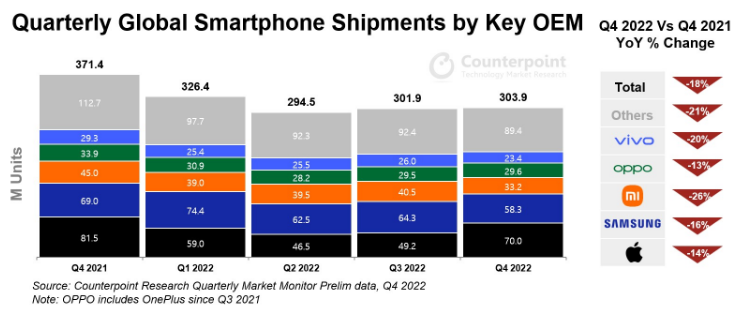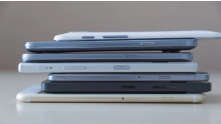Dearth of New Features Prolongs Smartphone Lifetimes
With fewer new capabilities being added to smartphones to spur upgrades, users are holding onto them longer. Mobile handset lifetimes are projected to increase each year through 2020, according to market research firm Gartner.
However, the firm expects mobile phone lifetimes to begin shortening after 2020 with the emergence of new artificial intelligence (AI) capabilities in handsets.
"By 2020, artificial intelligence capabilities on smartphones will offer a more intelligent digital persona on the device," said Anshul Gupta, a research director at Gartner, in a press statement. "Machine learning, biometrics and user behavior will improve the ease of use, self-service and frictionless authentications. This will allow smartphones to be more trusted than other credentials, such as credit cards, passports, IDs or keys."
According to Gupta, future AI capabilities, including natural-language processing and machine perception, will allow smartphones to learn, plan and solve problems for users.
Gartner is projecting that total mobile phone shipments will increase by 1.6 percent in 2018, reaching 1.9 billion units. In 2019, the firm forecasts that smartphone sales will grow by 5 percent.
Meanwhile, total spending on smartphones, tablets and PCs is expected to increase by 7 percent in 2018, mostly on price increases. But combined shipments of the three types of devices are also expected to increase by slightly more than 1 percent, reach 2.3 billion units, after declining by 3 percent last year, according to Gartner.
Combined average selling prices for smartphones, tablets and PCs are expected to increase by 5.6 percent this year after rising by 9.1 percent last year, according to Ranjit Atwal, another Gartner research director.
While PC prices are on the rise, the PC market is also stabilizing after years of decline, driven largely by business buying, Gartner said. PC prices are expected to increase by 4.6 percent on average in 2018, while traditional PC shipments are forecast to decline by 3.9 percent this year and another 3.6 percent next year, according to Gartner.
在线留言询价
- 一周热料
- 紧缺物料秒杀
| 型号 | 品牌 | 询价 |
|---|---|---|
| TL431ACLPR | Texas Instruments | |
| RB751G-40T2R | ROHM Semiconductor | |
| CDZVT2R20B | ROHM Semiconductor | |
| BD71847AMWV-E2 | ROHM Semiconductor | |
| MC33074DR2G | onsemi |
| 型号 | 品牌 | 抢购 |
|---|---|---|
| IPZ40N04S5L4R8ATMA1 | Infineon Technologies | |
| STM32F429IGT6 | STMicroelectronics | |
| BP3621 | ROHM Semiconductor | |
| ESR03EZPJ151 | ROHM Semiconductor | |
| TPS63050YFFR | Texas Instruments | |
| BU33JA2MNVX-CTL | ROHM Semiconductor |
AMEYA360公众号二维码
识别二维码,即可关注




























